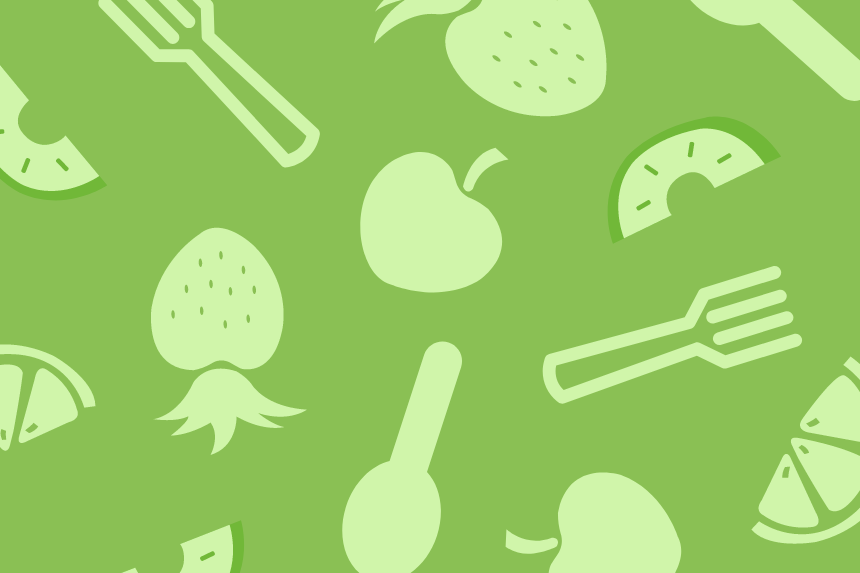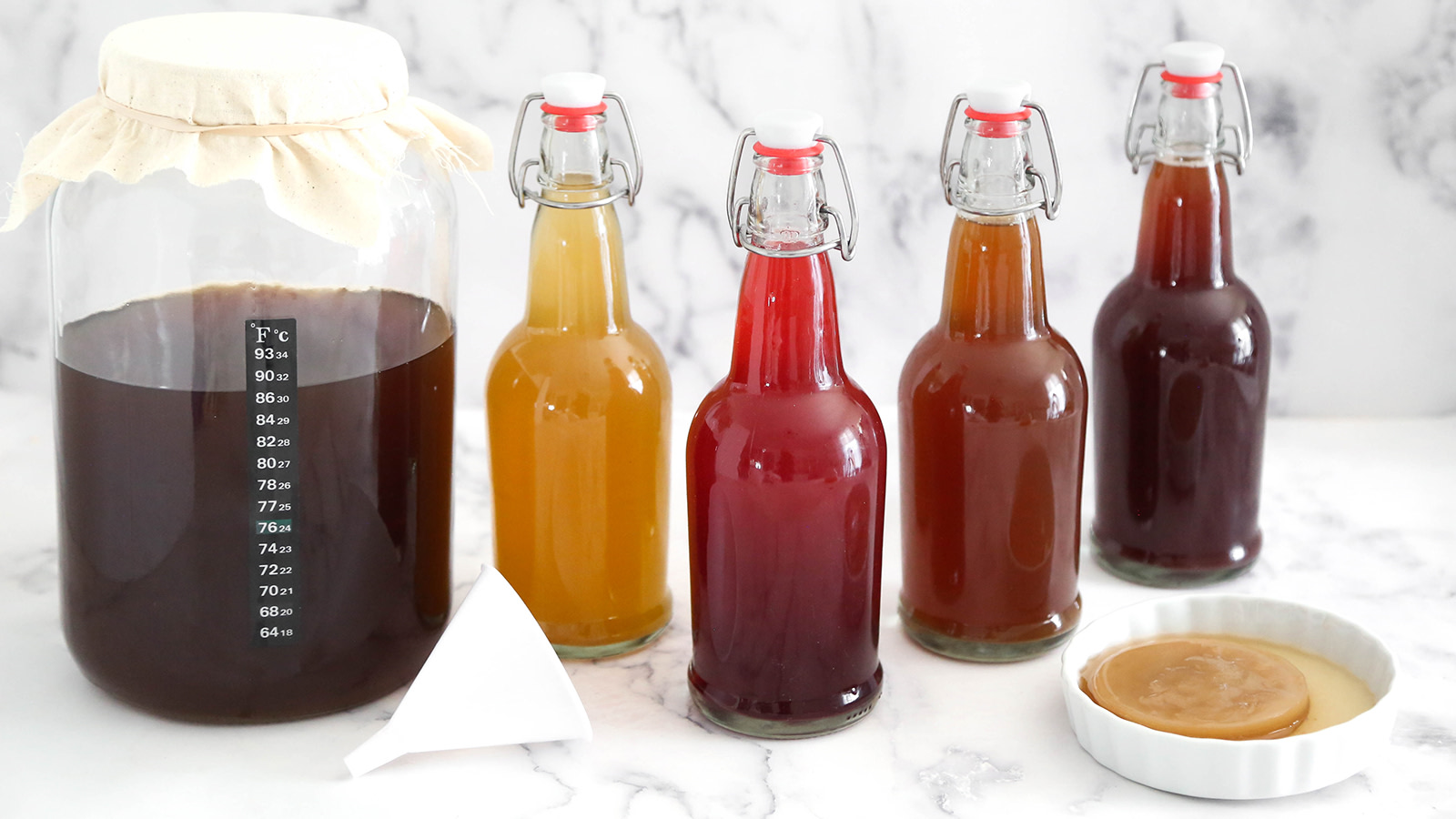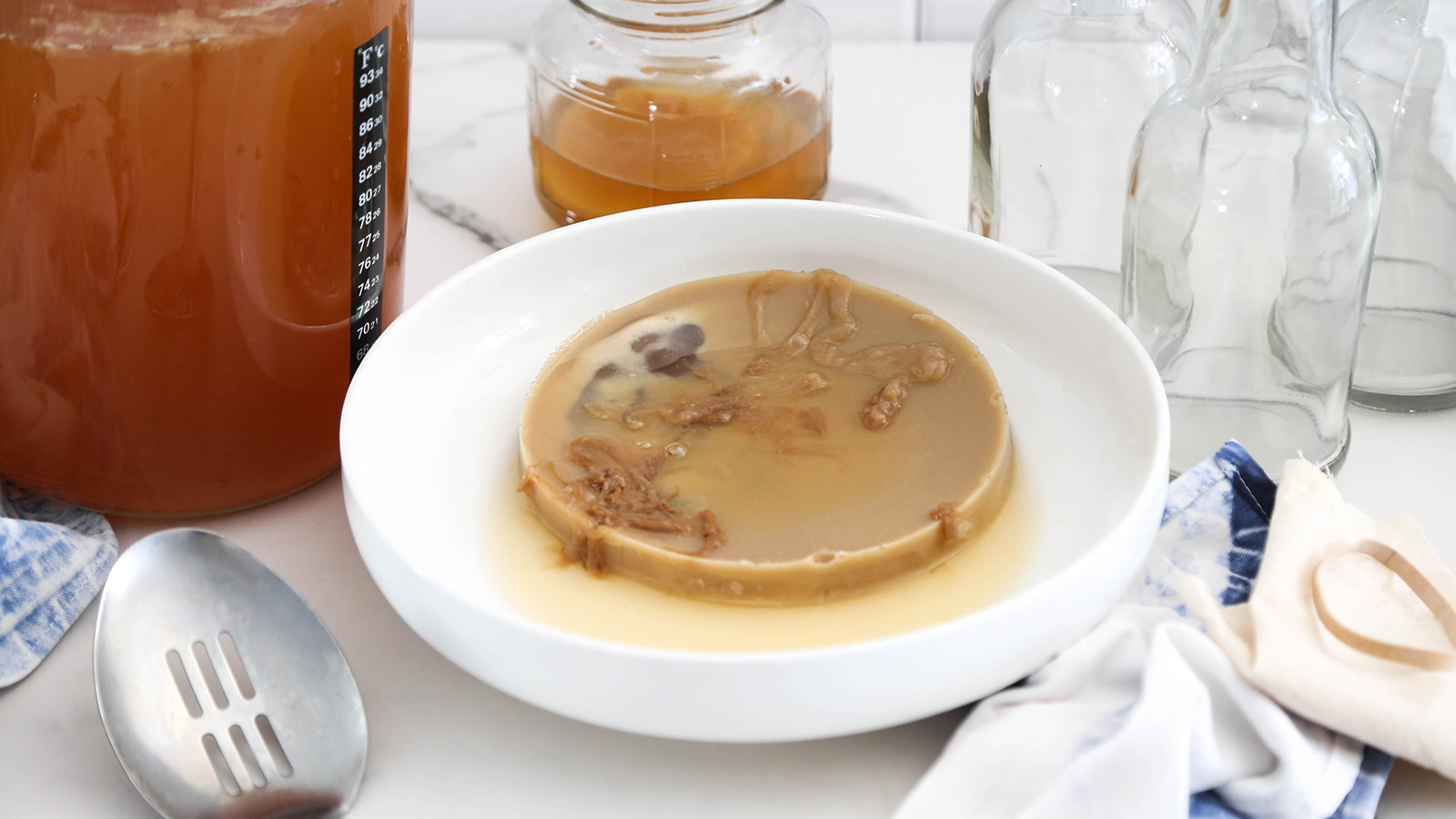Salted Eggs (Itlog Na Maalat)

- Ready In:
- 720hrs 10mins
- Ingredients:
- 5
- Serves:
-
10
ingredients
- 10 eggs
- 1 cup salt
- 3 tablespoons rice wine
- 1 tablespoon peppercorn
- 6 cups water
directions
- Wash eggs.
- Place the rest of the ingredients in a large container with a lid.
- Mix until salt is completely dissolved; let cool.
- Add eggs (Make sure the eggs are completely submerged. The eggs will have a tendency to float to the top. Use something to put on top of the eggs to ensure the eggs remain submerged once the lid is closed.) Leave in room temperature for 30 days.
- After 30 days, boil eggs.
- When cool, refrigerate.
- Enjoy!
Questions & Replies
Got a question?
Share it with the community!
Reviews
-
I love salted eggs! But I never heard of using mud to make these. My Aunt makes and sells these in the market and told me how to make them since there is no place to get them here in PA. I never had to use rice wine nor the peppercorn. But maybe I just haven't heard of another way of making them. But the water and salt is a tried and true recipe that's been used many years in my family. Thanks for posting!
-
I just want to say that I so love salted eggs.. and even if it's quite available here in London, it's still a bit pricey although affordable. And i'm one of those people who's a Do-it-yourself person..So I did try this although i omitted the rice wine ( wasn't able to find one) and just tried it using devjoh's recommendation about 1/4 cup salt per 1 cup water. It turned out really salty ( which is just the way i like it) and oily. I used eggs bought from our local off license store not the grocery store ones. Because the ones from the off license stores got bigger yolks. It turned out salty and oily just the way we like them. :)
-
Pretty good recipe. Close to my family's recipe for Itlog na maalat!!! Two things though ;-) 1. The salt solution really should be supersaturated to ensure maximal sterilization (i.e. no bad guys/bacteria growing) Boiling water holds about 1/4 c salt per cup H2O so in this recipe I'd add 1 1/2 c salt. 2. I think you might be getting your mud theory from the Chinese "Thousand-Year Eggs". Although also a form of preserved eggs, these eggs are preserved in a "mud" made of clay, quicklime, lye and salt. The resulting appearance and flavor is very different.
RECIPE SUBMITTED BY
demi_quinn
Philippines


